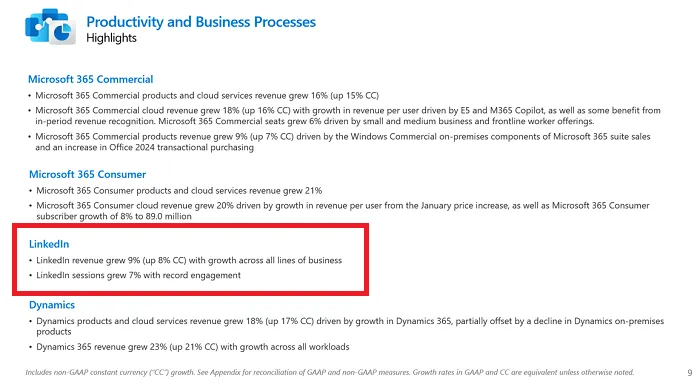The professional networking giant, LinkedIn, has recently announced unprecedented levels of user engagement, a claim that arrives amidst growing industry scrutiny over the authenticity of digital interactions and the pervasive influence of artificial intelligence on online platforms. This surge in activity, while outwardly indicative of robust growth, sparks critical questions about the underlying dynamics of user participation and the ongoing battle against synthetic engagement.
For years, Microsoft, the parent company of LinkedIn, has consistently highlighted impressive engagement figures in its reports, often correlating this with an ever-expanding user base. However, a deeper examination reveals a nuanced picture; while LinkedIn boasts 1.2 billion members, a figure that has steadily climbed, the number of truly active users likely hovers around a significantly smaller proportion, raising questions about the true scale and impact of this reported “record engagement.”
This disparity is further complicated by a surge in artificial engagement methods, notably “engagement pods.” These coordinated groups of users actively collaborate to inflate likes, comments, and shares on each other’s posts, circumventing platform algorithms to boost visibility. Reports from within the LinkedIn community and data provided to industry observers suggest that such artificial activity is becoming increasingly prevalent, making it harder for genuine content to gain traction.
The challenge of policing artificial interactions is exacerbated by the sophisticated adoption of AI tools. These advanced technologies are now being leveraged to generate more convincing and harder-to-detect fake engagements, blurring the lines between authentic and manufactured activity. This technological arms race presents a significant hurdle for LinkedIn’s enforcement teams, as they strive to maintain the integrity of the platform.
In response to these growing concerns, LinkedIn acknowledges the issue and affirms its commitment to addressing artificial engagement. The platform states it is actively working on enhancing its detection and enforcement measures, including reducing the reach of detected illicit activities and educating creators on responsible platform use. Despite these efforts, the clandestine nature of many off-platform coordination services makes full enforcement a complex undertaking.
Concurrently, LinkedIn is heavily investing in AI integration across its services, from AI-powered agents designed to undertake tasks on behalf of users to generative AI features for content and profile creation. While aimed at enhancing user experience and productivity, this widespread adoption of artificial intelligence could inadvertently contribute to an increase in AI-generated interactions, posing a unique challenge to the platform’s efforts to distinguish genuine engagement from algorithmic output.
Despite these integrity challenges, LinkedIn’s overall performance remains strong, particularly in areas like video content engagement. It continues to solidify its position as the premier platform for professional networking and career development. In a fluctuating economic landscape, LinkedIn’s role as a vital tool for professional connection and growth is more relevant than ever, even as it navigates the intricate complexities of maintaining authentic digital interactions.






Leave a Reply